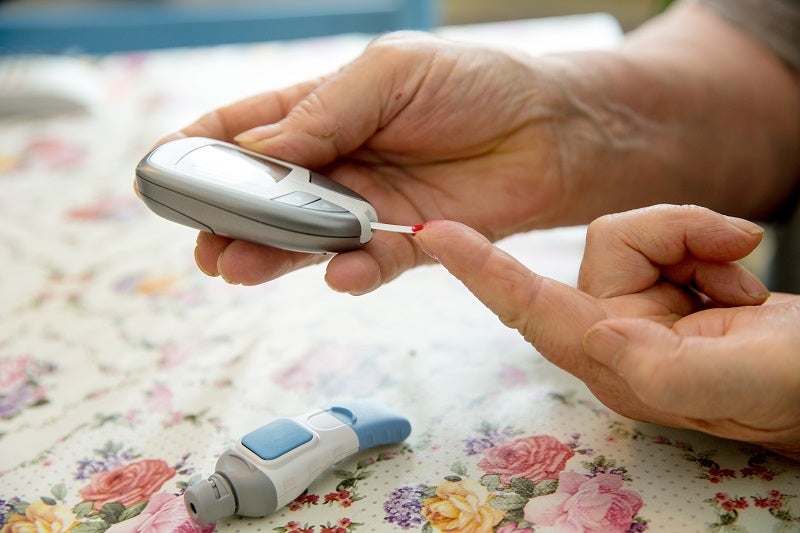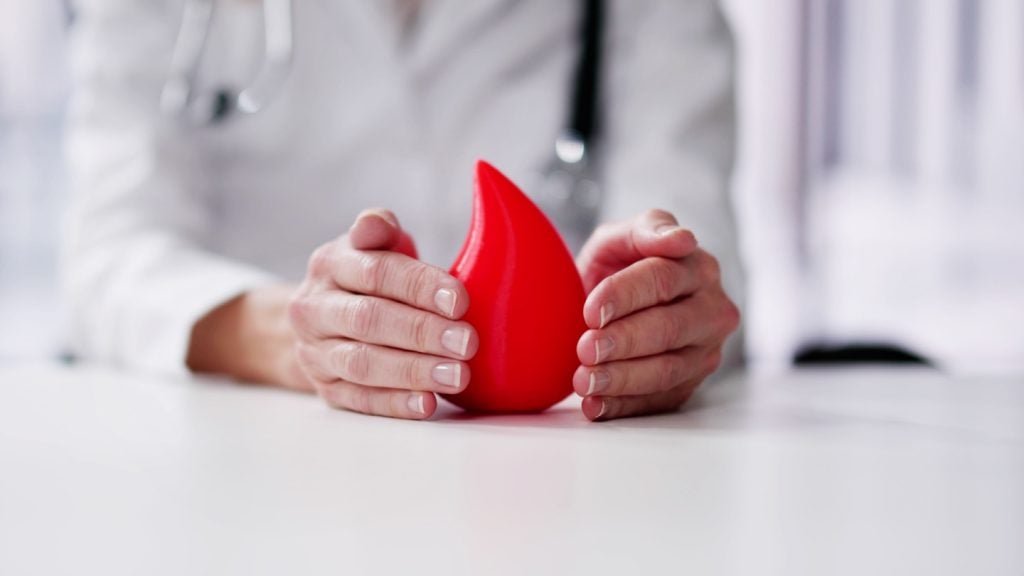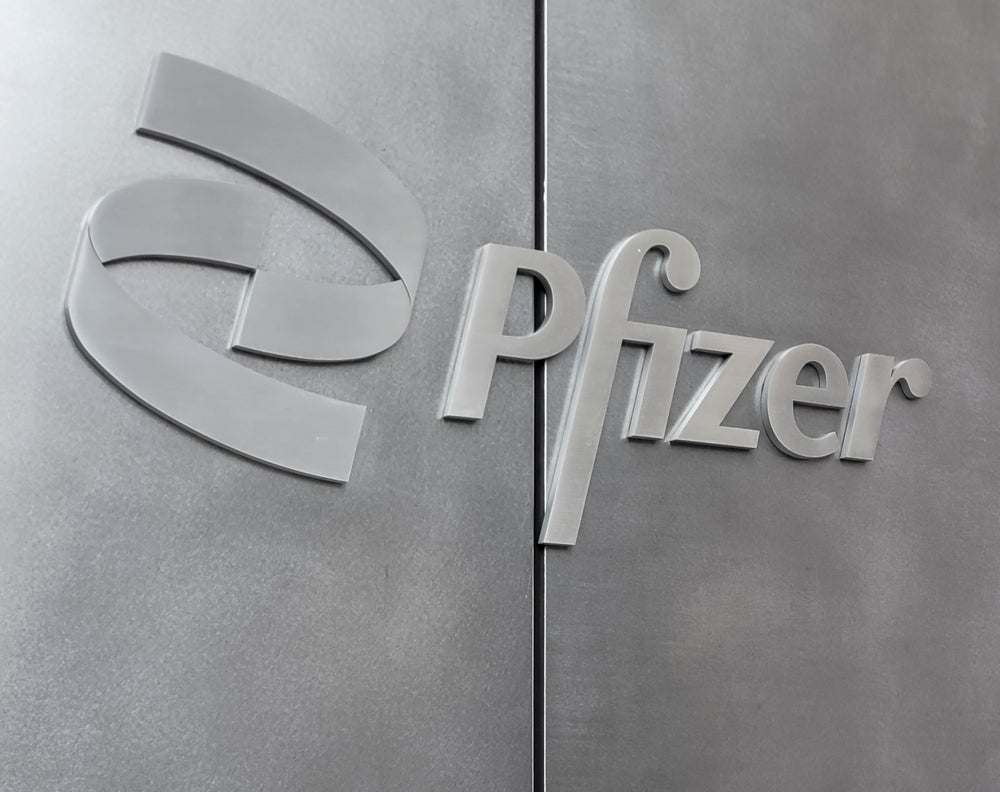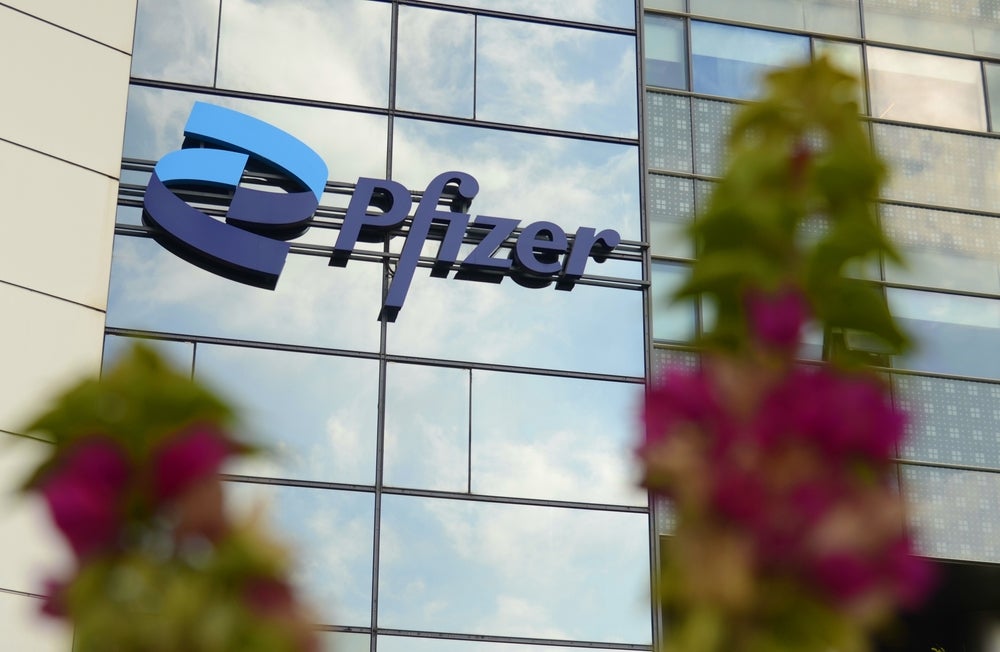In June 2020, at the 80th Session of the American Diabetes Association (ADA), AstraZeneca announced positive results from a sub-analysis of the DAPA-HF outcomes trial, examining the efficacy and safety of dapagliflozin in patients with heart failure with reduced ejection faction (HF-REF) who haven’t developed type 2 diabetes (T2D).
In May 2020, Farxiga (dapagliflozin) achieved a first-in-class FDA approval for reducing cardiovascular (CV) risk for HF-REF patients with or without T2D. The recent analysis demonstrated that Farxiga, in addition to reducing CV risk, decreased the risk of new-onset diabetes by 32% in HF-REF patients, significantly strengthening Farxiga’s current market position in the sodium-glucose co-transporter-2 inhibitor (SGLT-2I) class. With Farxiga’s FDA approval from May, along with the data for HF patients presented at the 80th Session of the ADA, it will strengthen its presence in the cardiovascular and metabolic arena.
A current challenge for the SGLT-2I market is that the safety profile may deter physicians from prescribing the drug to older patients, who constitute about 20% of the T2D population, due to side effects such as the increased risk of lower limb amputation, urinary tract infections (UTIs), and decreased kidney function. Approval for the treatment of additional comorbidities or related disorders that lead to T2D is key to attaining rapid uptake, and therefore providing differentiation within the SGLT-2I drug class. Competition has been heating up recently in the SGLT-2I space as seen through the increasing numbers of competitors, such as Eli Lilly and Boehringer Ingelheim achieving an update for Jardiance to reduce risk of CV death in patients with T2D in the EU and US, and from Johnson & Johnson’s Invokana (canagliflozin) to treat diabetic kidney disease (DKD) and to reduce the risk of hospitalization for HF in patients with T2D and DKD in the US, and reduce the risk of CV events in the EU.
The DAPA-HF trial was a multicenter trial that investigated 2,605 patients with HF but without diabetes at baseline, over a median follow-up of 18 months. In the placebo arm of the study, it was observed during the 18-month period that 7.1% of patients developed T2D, in comparison to those treated with dapagliflozin, where 4.9% of patients developed T2D. This was a 32% relative risk reduction that was defined as statistically significant for the prespecified endpoint of new-onset T2D.
The diagnosis of T2D in this analysis was determined to be an HbA1c of 6.5% measured at two consecutive assessments, and the 2,605 patients without diabetes in the DAPA-HF trial constituted 55% of the entire trial cohort of 4,744 patients with HF-REF. Specifically, the 32% relative risk reduction for incident diabetes was for enrolled patients with prediabetes at entry that constituted 67% of the enrolled cohort; these tended to have an HbA1c of 5.7–6.4%, as is common for the definition of prediabetes. Diabetes and HF are known to significantly increase mortality risk and the risk posed by the convergence of both these diseases was confirmed in the results.
In the trial, the 157 HF-REF patients who developed diabetes had a significantly increased incidence of 70% for all-cause mortality during the follow-up period, in comparison to HF-REF patients who remained free from new-onset diabetes. In addition, these patients also had a 77% relative increase in their incidence of CV death. However, the sub-analysis failed to demonstrate that the onset of T2D had a significant effect on the number of hospitalizations for HF, a secondary outcome for the trial.
How well do you really know your competitors?
Access the most comprehensive Company Profiles on the market, powered by GlobalData. Save hours of research. Gain competitive edge.

Thank you!
Your download email will arrive shortly
Not ready to buy yet? Download a free sample
We are confident about the unique quality of our Company Profiles. However, we want you to make the most beneficial decision for your business, so we offer a free sample that you can download by submitting the below form
By GlobalDataThe significance of this sub-analysis, in conjunction with the wider DAPA-HF trial, is that dapagliflozin has been able to demonstrate a reduction in both incidence of T2D and mortality within a single trial, in addition to being the first SGLT-2I to demonstrate efficacy for diabetes prevention. Key opinion leaders (KOLs) interviewed by GlobalData have expressed the need for drugs that can address the comorbidities of T2D, and, in addition, prevent those with existing conditions such as CVD from developing T2D. If AstraZeneca is able to achieve a label update from the FDA for reducing the risk of T2D onset in HF-REF patients, this would increase its market share in the T2D and CVD market.










Related Company Profiles
Boehringer Ingelheim International GmbH
ADA SA
Eli Lilly S.A.
Johnson AG
AstraZeneca Plc